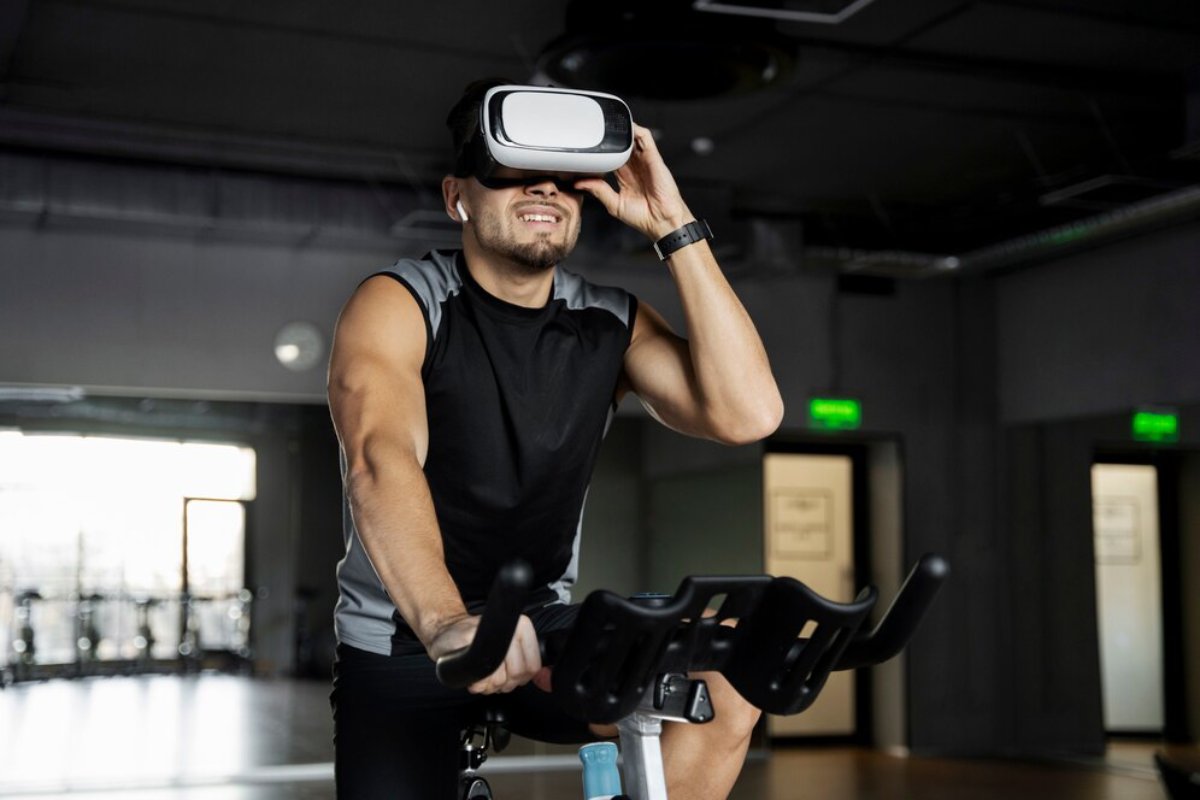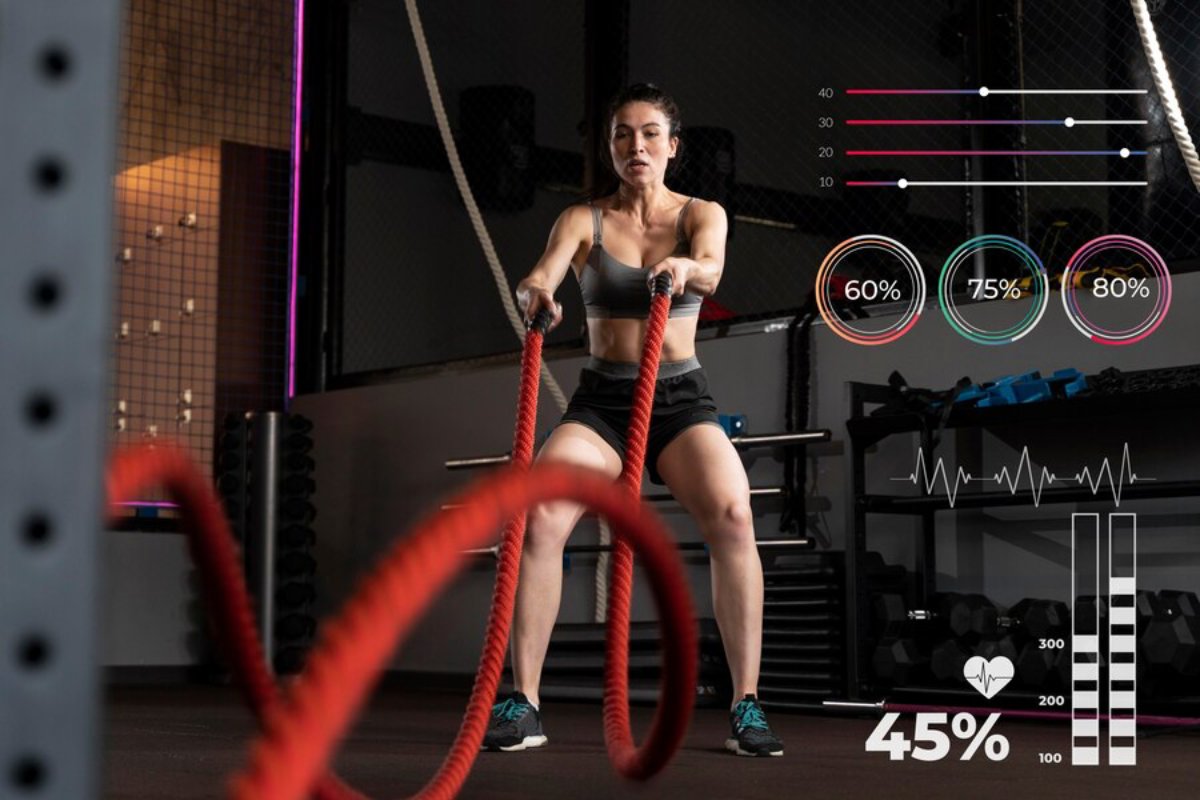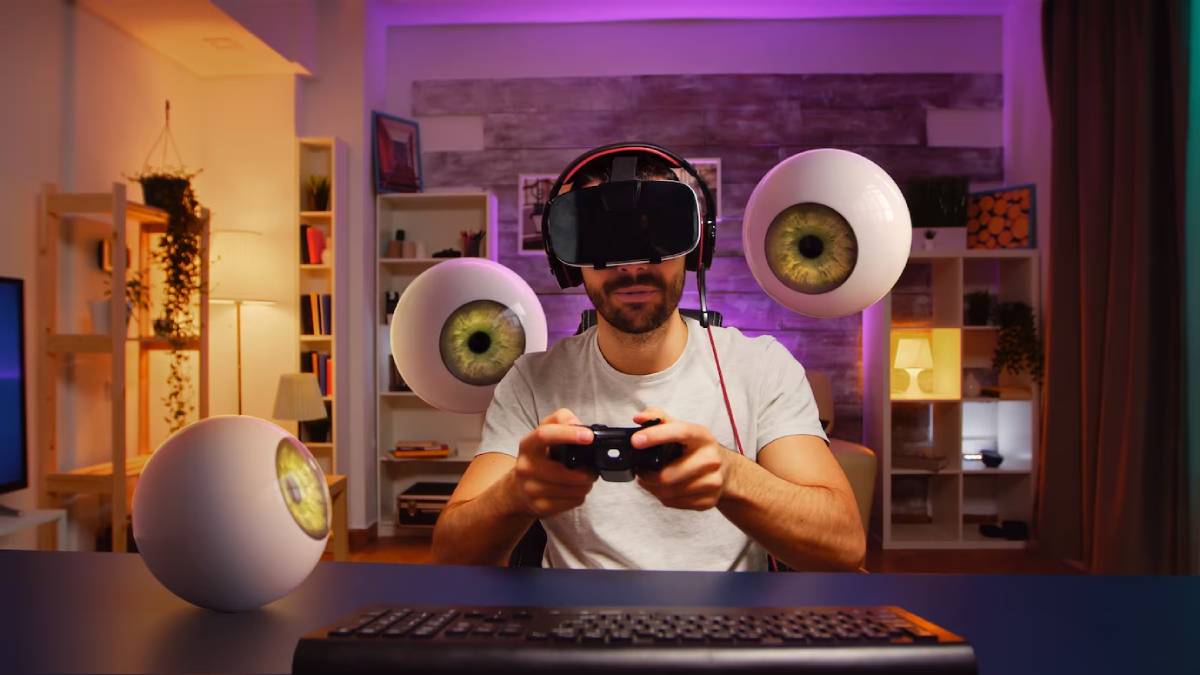
Tracking Real-Time Fitness Progress in VR
Virtual reality is redefining how we approach exercise. No longer confined to treadmills or static routines, fitness in VR is active, engaging, and immersive. From rhythm-based boxing workouts to full-body dance routines, virtual reality workout apps offer a compelling alternative to traditional gym sessions. But for VR to become a serious part of any fitness plan, accurate, accessible tracking is essential.
That’s where VR fitness tracking comes into play. With evolving hardware and integrated software, it’s now possible to monitor health metrics in VR in real-time—helping users stay motivated, measure progress, and push toward personal goals.
In this article, we explore the current capabilities of fitness tracking in VR, what data matters most, and how users and developers alike can get more from every session.
Why VR Fitness Is Gaining Ground
The appeal of VR as a fitness platform lies in its ability to make workouts feel less like a chore and more like a game. Whether punching targets to music, slashing blocks with virtual swords, or participating in social workout challenges, VR transforms exercise into an experience.
Key advantages:
- Immersive environments that make you forget you’re working out
- Gamified progress through scores, levels, and leaderboards
- Full-body engagement, even in limited space
- Flexible accessibility from the comfort of home
But enjoyment is just part of the equation. For users to trust VR as a legitimate training tool, clear and consistent tracking of performance is essential.
What is VR Fitness Tracking?
VR fitness tracking refers to the collection and analysis of health-related data during a virtual reality workout. This data might include:
- Calories burned
- Heart rate
- Time spent in various intensity zones
- Steps taken or distance moved
- Repetitions or sets (for strength-based games)
- Overall session time and frequency
This real-time feedback helps users:
- Monitor their physical effort
- Adjust intensity based on goals
- See improvements over time
- Stay accountable through data
Many virtual reality workout apps now integrate these features directly or sync with external fitness trackers for a more holistic view.

How Health Metrics in VR Are Captured
There are two main ways health metrics in VR are tracked:
1. Built-in headset Sensors
Most VR headsets include motion tracking via accelerometers and gyroscopes. This allows apps to estimate movement-based metrics such as:
- Arm swings and reach
- Ducking, squatting, or lateral motion
- Session duration and general calorie estimates
Some headsets (like the Meta Quest series) even estimate energy output using built-in algorithms, combining body motion with user profile data (age, weight, gender, etc.).
2. Wearable Integrations
For more accurate results, many users pair VR apps with wearables like:
- Apple Watch
- Fitbit
- Garmin
- WHOOP
- Polar heart rate monitors
These provide deeper data layers, including heart rate variability, exertion levels, and recovery time. Apps like Supernatural, FitXR, and VZfit allow sync with wearables for enhanced VR fitness tracking.
Features to Look for in VR Fitness Apps
Not all VR workout platforms offer the same tracking capabilities. If you’re serious about fitness metrics, these are features worth prioritising:
Real-Time Calorie Tracking
An essential tool for users managing weight loss or energy balance. Apps that update calories as you move provide a tangible sense of accomplishment mid-session.
Heart Rate Integration
Apps that sync with a heart rate monitor offer far more accurate calorie and intensity data. Bonus if they display this in real-time during gameplay.
Progress Logs and Weekly Reports
Built-in dashboards or companion apps that log previous workouts, display trends, and celebrate milestones help keep users engaged and accountable.
Intensity Zones or Goal Customisation
Being able to set a target heart rate zone, number of minutes, or calorie goal keeps workouts focused and data-driven.
Leaderboards or Community Stats
Social motivation through rankings or group goals taps into competitiveness and community—a powerful motivator in fitness behaviour.
Popular VR Apps That Track Fitness Progress
Several virtual reality workout apps stand out for their commitment to detailed tracking and smart health integration.
Supernatural
Combines rhythmic movement with guided coaching and scenic locations. Tracks:
- Heart rate (via wearable)
- Calorie burn
- Streaks and performance over time

FitXR
Offers boxing, dance, and HIIT classes. Includes:
- Real-time stats display
- Calorie and intensity tracking
- Progress insights and streaks
VZfit
Pairs with a stationary bike to create VR cycling tours. Tracks:
- Distance and elevation
- Energy output
- Compatible with fitness wearables
Holofit
Integrates with rowing machines, bikes, or ellipticals for guided fitness journeys. Provides:
- Workout summaries
- Calorie tracking
- VR-based motivation and variety
Each platform offers a unique take on VR fitness tracking, but the best ones balance performance data with immersive, motivating environments.
The Role of Data in Motivation and Adherence
Fitness success relies heavily on consistency. That’s where health metrics in VR play a pivotal role—not just in training, but in encouraging users to stick with their routine.
Key psychological benefits include:
- Immediate feedback: Knowing your calories burned or minutes moved adds satisfaction
- Visible progress: Weekly summaries or goal milestones reinforce progress
- Personal competition: Seeing how today’s workout compares to last week’s builds momentum
- Habit formation: Tracking streaks and rewards encourages regular participation
In a space where fun can sometimes take centre stage, data quietly ensures the effort is real—and that results follow.
Challenges and Limitations
Despite rapid advancements, VR fitness tracking still faces some challenges:
- Accuracy: Headset-based estimates may not match up to wearable-calibrated data
- Compatibility gaps: Not all wearables integrate seamlessly with all VR apps
- Lack of standardisation: Different apps report different metrics, making comparisons tricky
- Battery and sync issues: Multiple devices mean more variables that can fail
For best results, users should experiment with a combination of headset tracking and a trusted wearable to find their personal sweet spot.
What the Future Holds
As technology evolves, so will the depth and accuracy of health metrics in VR. Emerging trends include:
- Full-body tracking for better motion data and more precise calorie burn
- AI-driven coaching based on past performance
- Integration with health records to align VR fitness with medical or physical therapy goals
- Adaptive workouts that respond to your energy levels in real time
Eventually, VR fitness may not just be a fun alternative—it could become a core part of personalised wellness plans.
Final Thoughts: Tracking Progress in a New Dimension
In Virtual Reality, fitness is more than reps and sets. It’s an experience—one that’s enhanced and elevated by smart, integrated tracking. Whether you’re dancing through a digital landscape, boxing to the beat, or cycling across a virtual city, VR fitness tracking ensures your efforts are measured, meaningful, and motivating.
By tapping into real-time health metrics in VR, users gain visibility, control, and inspiration to push forward. For developers, the challenge is clear: make the data useful without distracting from the experience. For users, the reward is a more engaging, informed, and enjoyable journey to better health—no gym required.


